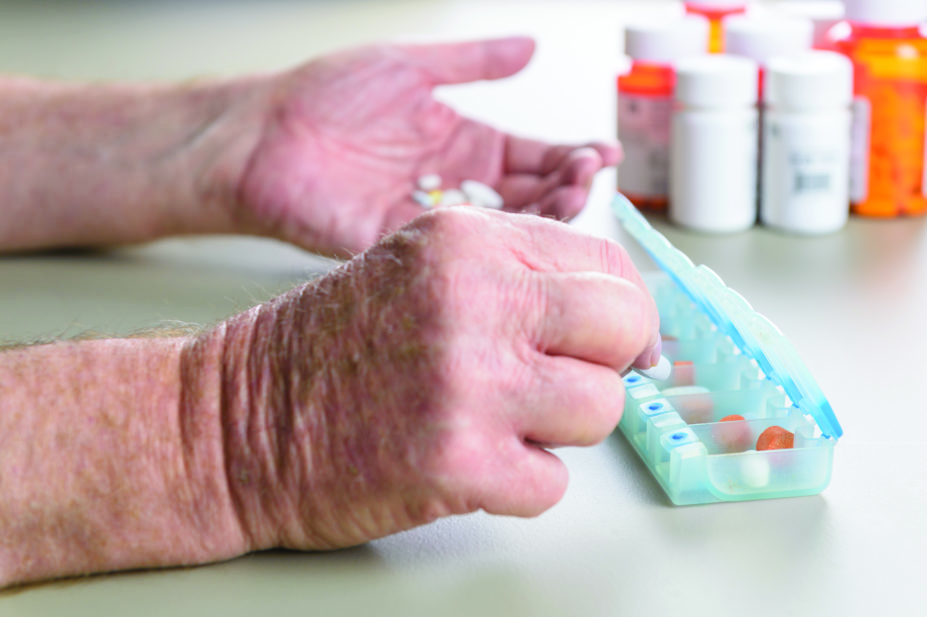
Shutterstock.com
The European Medicines Agency (EMA) has launched a concept paper for public consultation on the development and lifecycle of personalised medicines and companion diagnostics (CDx) — devices used to help assess the most likely response to a particular treatment and determine the correct dose.
Personalised medicines are individualised treatments targeted to patients on the basis of their characteristics and unique genetic makeup.
The choice of a personalised medicine relies on the use of CDx, defined in the paper as a diagnostic medical device, often used in vitro, which enables healthcare professionals to identify patients who are most likely to benefit from the corresponding medicinal product and those most likely to be at increased risk of a serious adverse reaction.
CDx can also be used to monitor response to treatment, with the purpose of adjusting treatment to improve safety or effectiveness.
The aim of the paper is to help optimise the co-development of medicinal products and CDx, which are currently developed independently, coming together only in the end. This can lead to gaps in evidence and validations.
Among its recommendations the paper therefore calls for a close-knit development group linking the medicinal product and CDx, and use of clinical trials to generate evidence to support validation of the diagnostic.
If developed into a guideline, the paper will replace the reflection paper on co-development of pharmacogenomics biomarkers and analysis in the context of drug development.
According to the EMA, it is the first step in the preparation of a guideline that will address the challenges associated with the development of personalised medicines with CDx.
The consultation closes on 15 November 2017 and it is anticipated that a draft guideline will be available 9–12 months after the end of the public consultation of the concept paper, which will then be released for 6 months external consultation.


